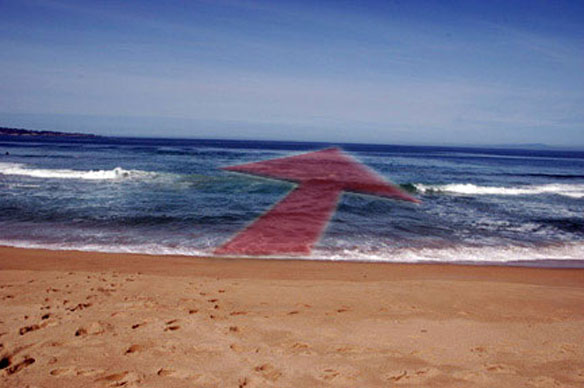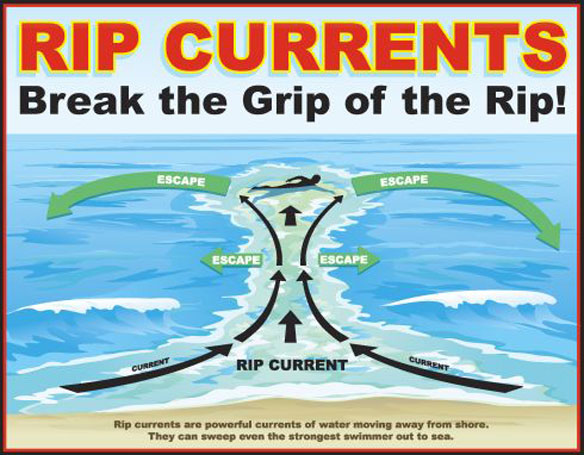
Rip currents are powerful, narrow channels of fast-moving water. Moving at speeds of up to eight feet per second, rip currents can move faster than an Olympic swimmer. NOAA
Excerpts;
Although Hurricane Earl is nowhere near Southeastern North Carolina right now, Hurricane Danielle is making herself felt in the coastal waters, bringing dangerous rip currents to the U.S. East Coast.
Lifeguards say some of our beaches are experiencing some of the roughest rip currents they have seen in a long time…
Read Full Article: “Hurricane Danielle brings dangerous rip currents to the U.S. East Coast”, WECT
Rip currents are the greatest hazards on most beaches, San Diego Surfing Academy, CA
This national award-winning video shows what they are, how to spot them, what to do if you get stuck in one, and the different types of rips.
Learn techniques on how to swim safely in rip tides or currents, San Diego Surfing Academy, CA
How to Identify & Avoid Rip Currents, A youtube video By Tom Harris
How Rip Currents Work, Science
They are the number-one concern for beach lifeguards: About 80 percent of all beach rescues are related to rip currents. Despite these startling statistics, many swimmers don’t know anything about rip currents, and they have no idea how to survive when caught in one. In this article, we’ll find out what causes rip currents, how you can recognize them and what you should do if one takes you out to sea.
A rip current is a narrow, powerful current of water running perpendicular to the beach, out into the ocean. These currents may extend 200 to 2,500 feet (61 to 762 m) lengthwise, but they are typically less than 30 feet (9 m) wide. Rip currents can move at a pretty good speed, often 5 miles per hour (8 kph) or faster…
More On Rip Currents, Coastal Care

Image source: NOAA.









